
Waiting for the next version? That day will never come!
It’s a common feeling these days: Everyone seems to be “adept” at artificial intelligence (AI), while we ourselves are struggling to learn and keep up. But the truth is: no one knows exactly where AI will take us; even a month from now…
Even the chief information officer (CIO) of one of the world's leading technology corporations cannot be certain about the future of AI.
And that's totally okay.
Today, AI platforms and solutions are becoming obsolete at a rapid pace. This raises a big question: Where does it make sense to invest when technology may become obsolete before it has a chance to deliver value? Investing in technology that may soon become obsolete is certainly not something that boards or employees want to do.
However, the worst strategy is to wait. Don’t wait for the next version, because “that day” will never come.
That's what Art Hu, Lenovo's global chief information officer, shared in a conversation with technology expert Michael Krigsman from CXOTalk. “Flexibility trumps certainty in AI investment strategy,” he emphasized.
AI Investment: Choosing “No Regrets” Moves
Hu believes that the AI technologies that businesses choose today may not be trendy tomorrow - and that's okay. Lenovo adopts a "no regrets investment" philosophy, meaning that even if the technology becomes obsolete, the initial decisions still have value.
“Don’t aim for perfection,” he says. “Aim for adaptability and flexibility.” Too many organizations are stuck in a cycle of “analysis paralysis,” unsure of how technology will evolve. But if you wait for a guaranteed outcome, it may never happen.
AI technology is advancing “almost by the day, by the week,” he said. It’s easy to get overwhelmed by the pace of development and feel like you don’t know where to start.
Lenovo’s solution: continuous learning and embracing ambiguity. The company created an executive committee across the organization to make decisions about AI together. “No one had to explain too much because everyone was involved—it helped the team move forward.”
Changing Perspectives: AI is a Partner, Not a Replacement
A key part of this open AI strategy is confronting a common fear: that AI will replace human jobs.
That narrative, Hu argues, casts workers as passive victims, rather than active participants in transformation. AI can automate some tasks, but it is humans who shape job roles and organizational goals.
He gives an example from the software industry: “Software engineers used to spend only 10-15% of their time writing code. Now they have tools that used to require design or prototyping, which frees them to focus on more valuable tasks like architecture, security, and business outcomes.”
The key to working effectively with AI is to help teams break down their roles into specific tasks, identify which parts can be augmented or replaced by AI, and restructure work so that humans focus on the unique values that only humans can offer.
Create motivation to learn and participate
The important thing, according to Mr. Hu, is not to lose momentum, even in uncertain times.
Lenovo actively creates an environment that invites everyone to join the AI journey. “Whether you work in legal, marketing, finance, or HR—there are specific AI applications for you to explore and apply.”
This strategy creates a natural “charm” and sparks a learning spirit throughout the organization.
(Source: Forbes)
Source: https://vietnamnet.vn/ai-co-the-loi-thoi-nhung-cho-doi-se-la-sai-lam-lon-nhat-2428612.html





![[Photo] Ho Chi Minh City is brilliant with flags and flowers on the eve of the 1st Party Congress, term 2025-2030](https://vphoto.vietnam.vn/thumb/1200x675/vietnam/resource/IMAGE/2025/10/10/1760102923219_ndo_br_thiet-ke-chua-co-ten-43-png.webp)
![[Photo] Unique Phu Gia horse hat weaving craft](https://vphoto.vietnam.vn/thumb/1200x675/vietnam/resource/IMAGE/2025/10/10/1760084018320_ndo_br_01-jpg.webp)
![[Photo] Opening of the World Cultural Festival in Hanoi](https://vphoto.vietnam.vn/thumb/1200x675/vietnam/resource/IMAGE/2025/10/10/1760113426728_ndo_br_lehoi-khaimac-jpg.webp)

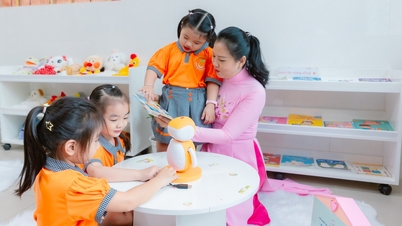





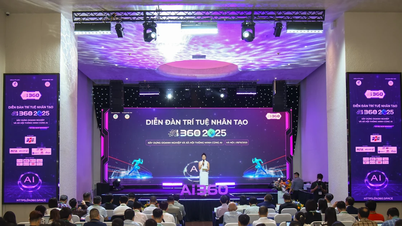



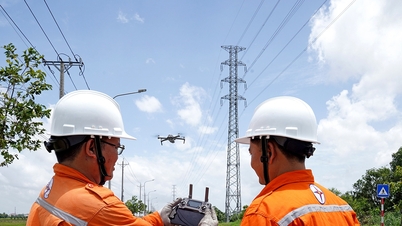






























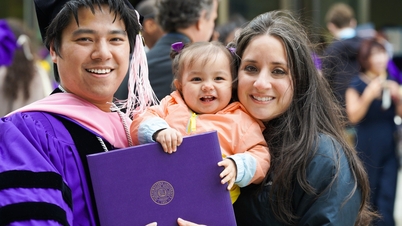





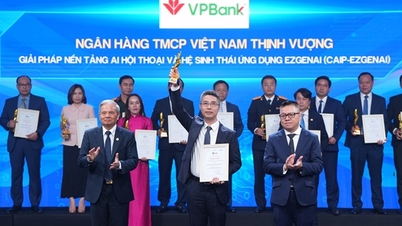





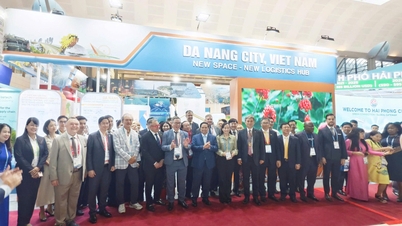













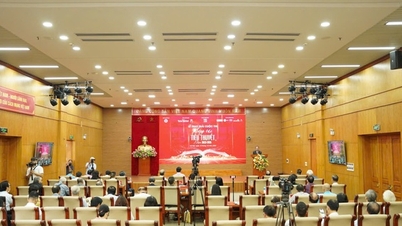














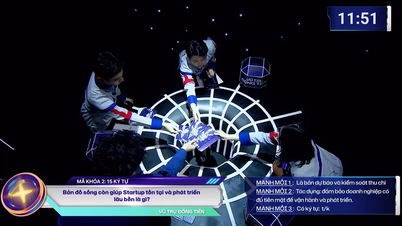













Comment (0)